Current Projects
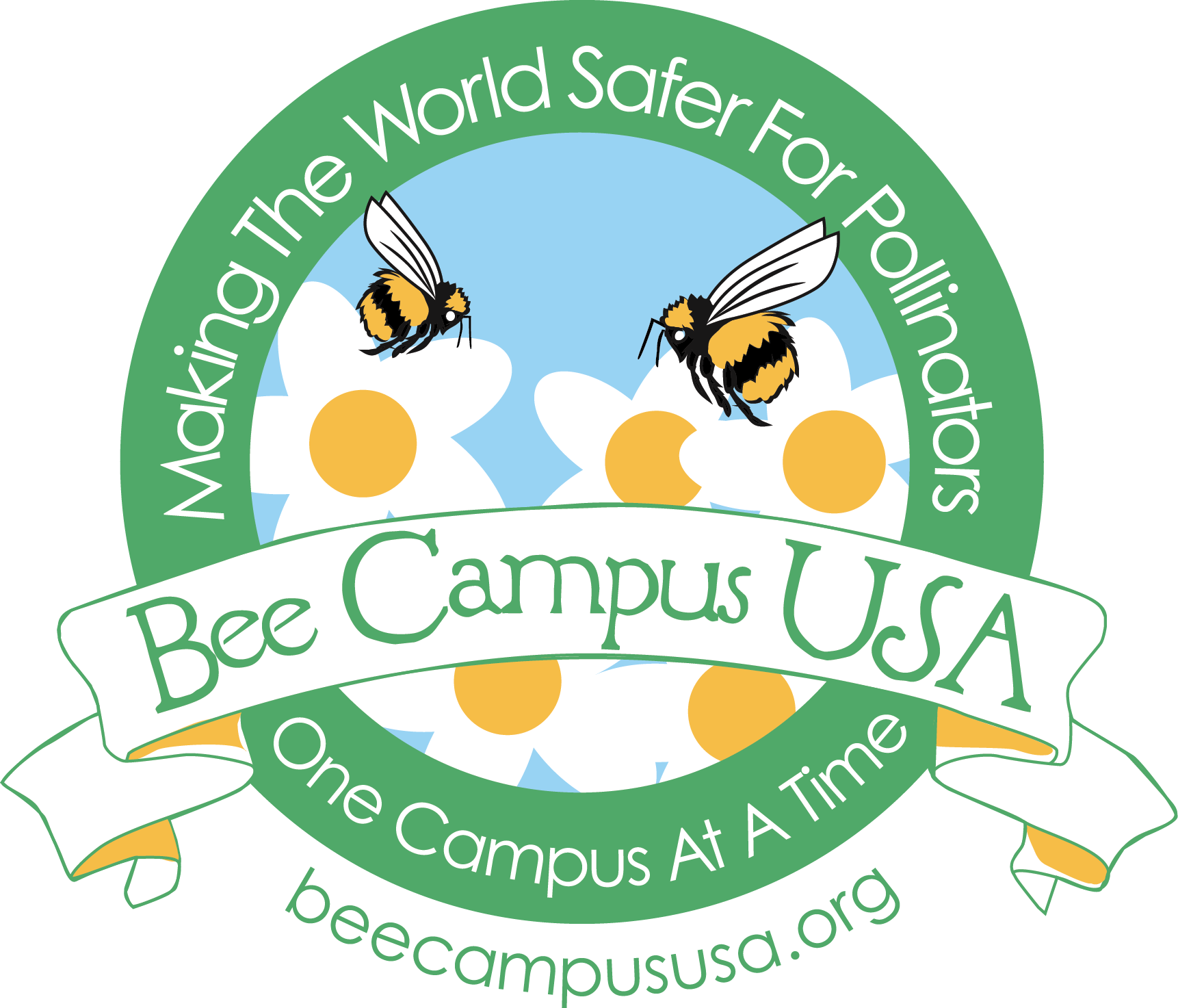
Bee Campus USA
Bee Campus USA is an initiative of the Xerces Society, a non-profit focused on the conservation of invertebrates. To become Bee Campus-certified, campuses must attract, promote, and sustain pollinator populations while educating the university community on the benefits of pollinators. The UofA became a Bee Campus in 2017.
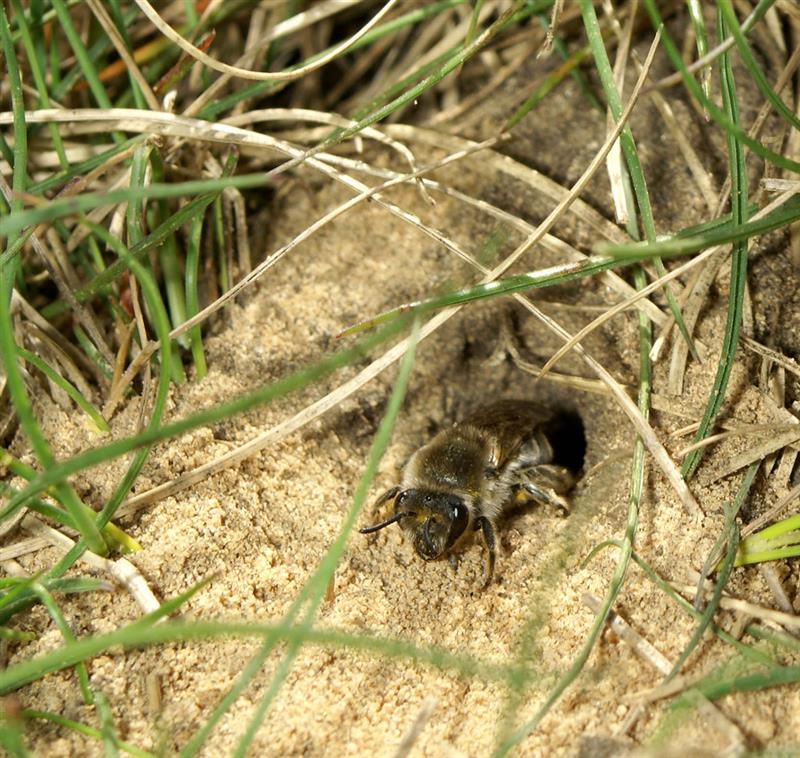
Ground Bee Nest Reservations
In a small corner of Old Main Lawn, there is a nesting location for the native ground-nesting mining bee Andren gardineri. This nesting spot has been active for over a decade. We have flagged the location for special management procedures in order to conserve this wildlife area. The bee reservation project highlights our continued work to maintain Bee Campus USA certification, promotes the native bee population, exemplifies conservation efforts, and highlights the ecological responsibility of our campus operators.
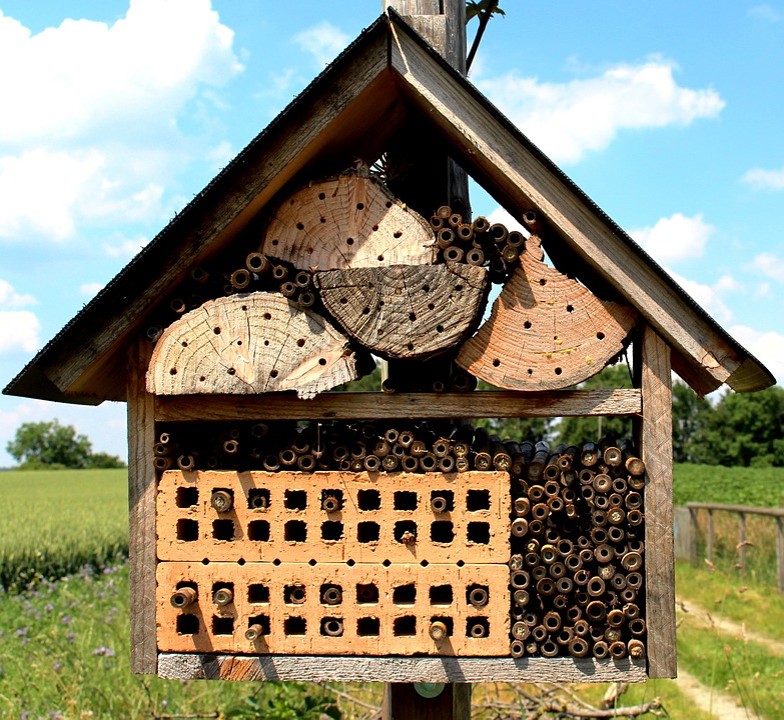
Bee Hotels
Bees require two basic features in urban landscapes in order to survive and thrive; forage material and nesting sites. Both forage and nesting sites can be specific to different species of bees. The OFS will be installing “bee hotels” in strategic areas across the University of Arkansas campus in order to promote various native bees. Bee hotels offer a variety of tubing for the different types of cavity-dwelling, solitary bees. This serves to enhance pollinator friendliness on campus while keeping with the objectives of our Bee Campus USA certification.
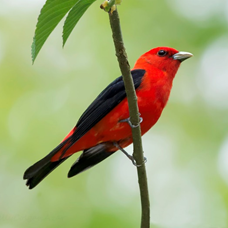
Bird Sanctuary Devoted to Dr. Kim Smith
In 2018, Distinguished Professor Dr. Kim Smith passed away. Dr. Smith was an avid bird researcher and enthusiast, and the OFS is working on a restoration of Mullins Creek in honor of Dr. Smith. Mullins Creek is surrounded by an open forested area on one side and a more prairie-like habitat on the other and may be familiar to tailgaters and sports tourists. OFS efforts have extended past the more visible areas of Mullins Creek and the restoration is focused on the habitat as a whole.
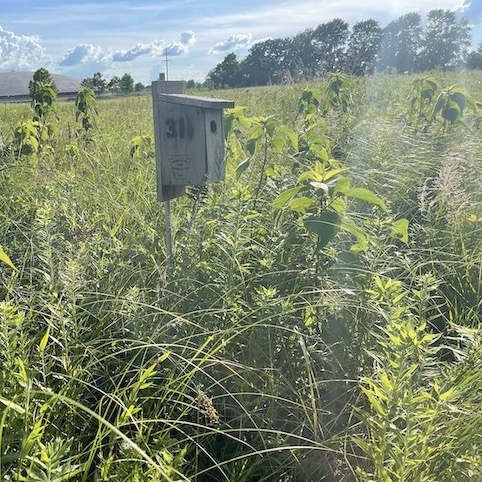
Bird Houses
The University of Arkansas Wildlife Society RSO installed a few bird houses in the core of campus in 2019. A larger installation of bluebird nesting boxes has been deployed at the UofA's research farm as well as a Cato Springs site in south Fayetteville. These nesting boxes provide both important habitat, but also add to the body of knowledge being developed by the research team.
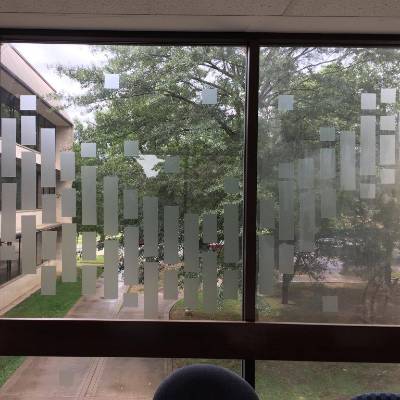
Bird Strikes
Collisions with windows kills billions of birds each year, the second-most human-linked cause of bird deaths (next to habitat destruction). Evidence suggests birds do not see or process windows as solid objects, causing them to try to fly through them with devastating results. Following current methods to prevent bird strikes on windows, the University of Arkansas has installed ultraviolet reflecting decals to the south windows of the skyway linking the George and Boyce Billingsley Music Building to the Fine Arts Center. Birds, with the ability to see ultraviolet light, are able to identify the windows without obstructing the view for humans, who do not see ultraviolet light. You can help two ways, volunteer to survey campus for bird strikes or fill out the dead bird reporting form if you find one on campus around a building.
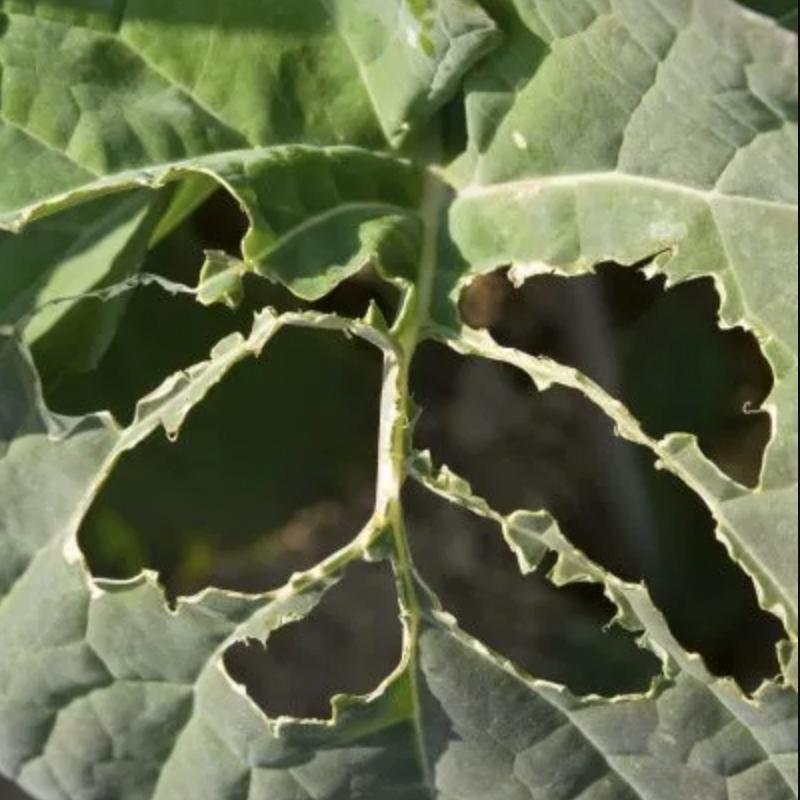
Integrated Pest Management Plan
Integrated Pest Management (IPM) is an effective and environmentally sensitive approach to pest management that relies on a combination of common-sense practices. The University of Arkansas IPM program use current, comprehensive information on the life cycles of pests and their interaction with the environment. This information, in combination with available pest control methods, is used to manage pest damage by the most economical means, and with the least possible hazard to people, property, and the environment.
